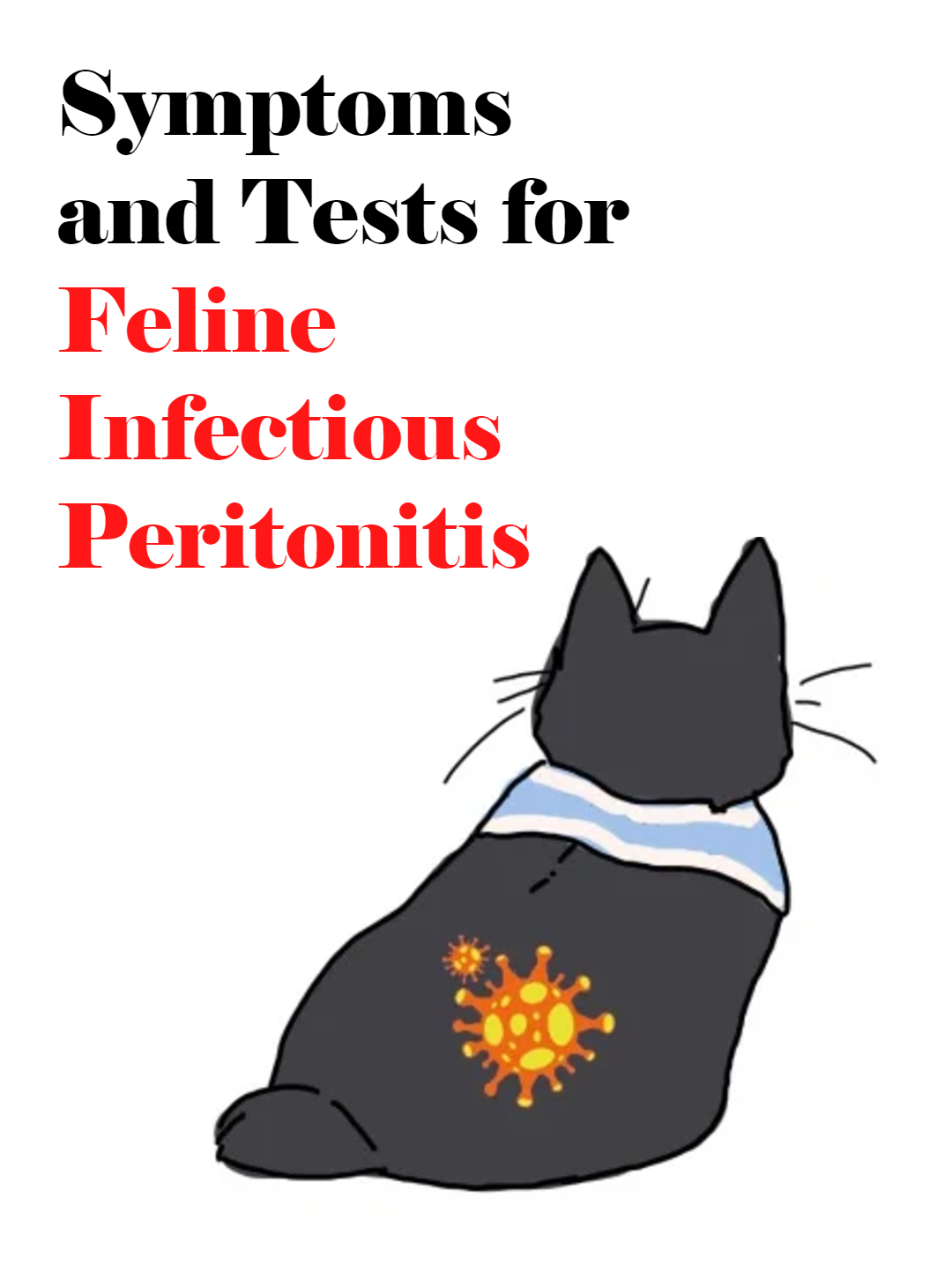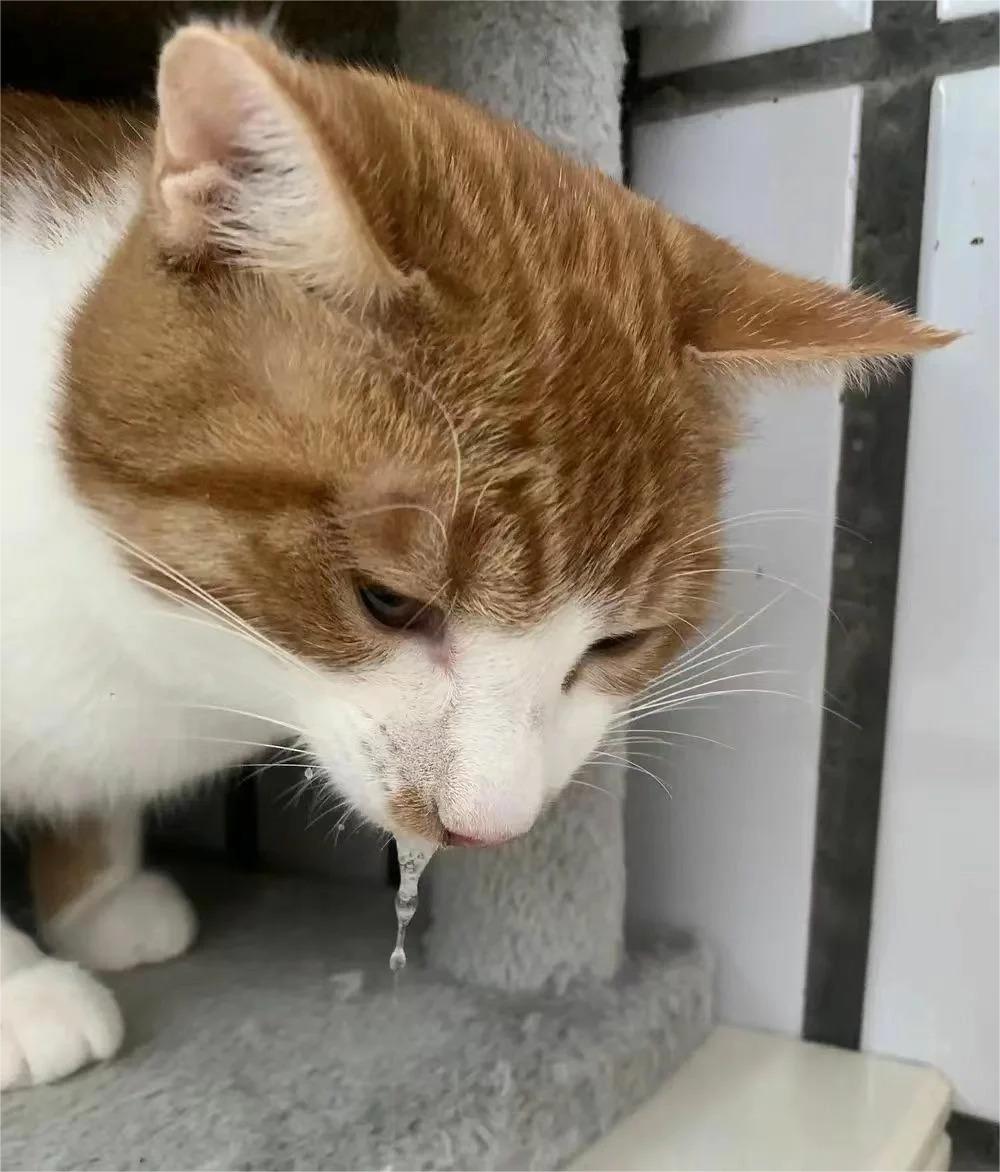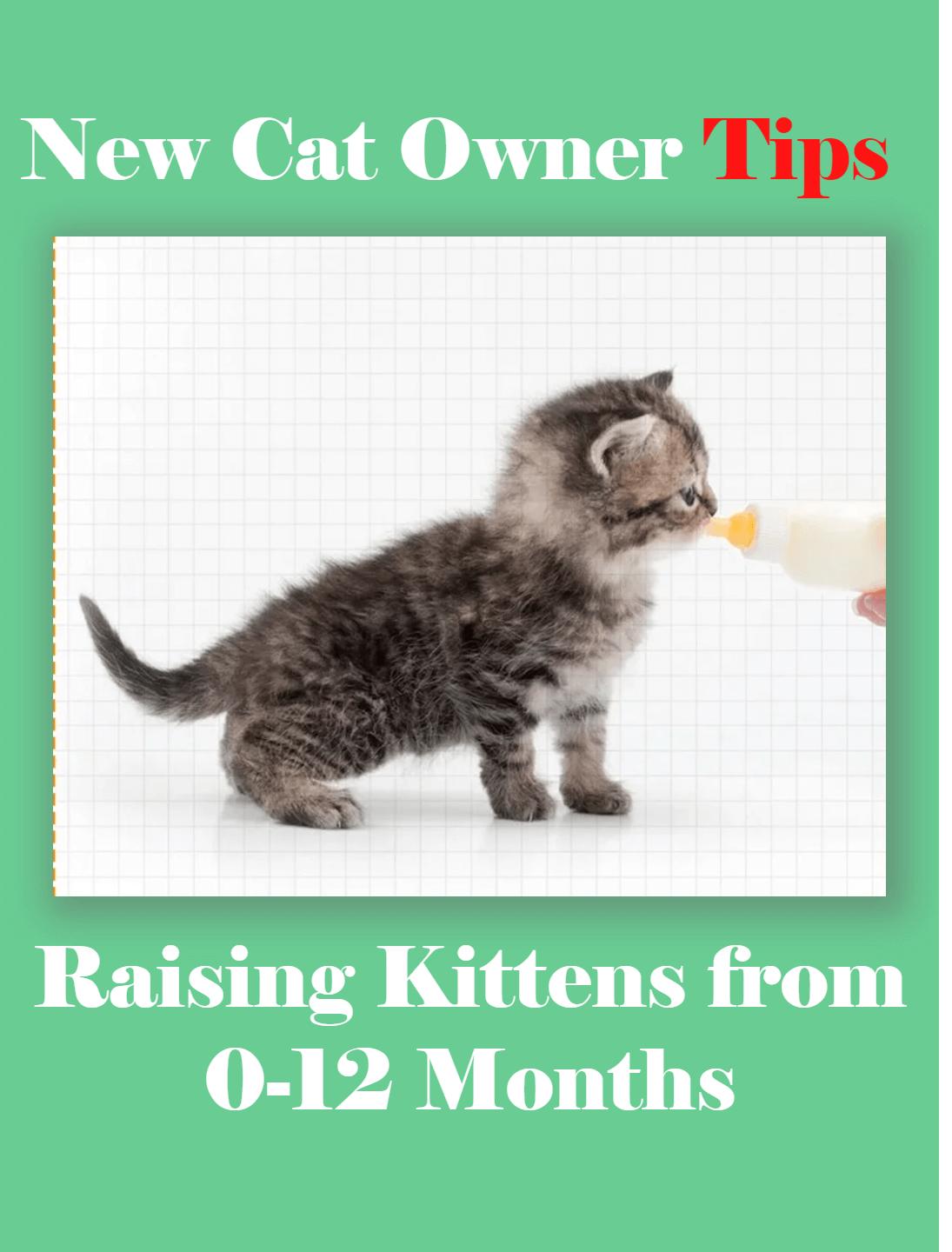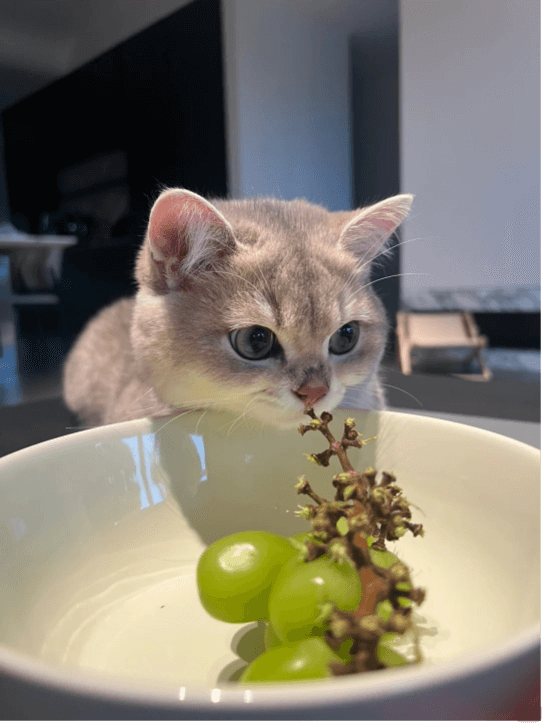👉1️⃣ Early Symptoms of FIP (Feline Infectious Peritonitis):
Loss of appetite (still eating and drinking), lethargy (occasionally playing), vomiting, diarrhea, weight loss, gradually increasing abdominal girth/abdominal breathing (dry form without thoracic or abdominal fluid), mild anemia (or no anemia), persistent fever (39.8~40.6°C, higher in the evening, gradually decreasing at night).
👉2️⃣ Mid-stage Symptoms of FIP:
Noticeably enlarged abdomen, significant weight loss/rapid breathing (dry form without thoracic or abdominal fluid), persistent loss of appetite, malnutrition, lethargy, mild to moderate anemia (HCT >20), jaundice (yellowing ears, yellow urine), persistent fever (39.8~40.6°C, higher in the evening, gradually decreasing at night).
👉3️⃣ Late-stage Symptoms of FIP:
Late-stage symptoms may include eye lesions, neurological symptoms, and organ failure. Examples include uveitis, iritis, systemic convulsions, nystagmus, incontinence. Early and mid-stage symptoms may also worsen.
👉‼️ If you suspect your cat has FIP, the following tests are typically required:
1. Physical Examination: Focus on measuring temperature and checking respiration.
2. Complete Blood Count (CBC): To assess inflammation markers and anemia status.
3. Serum Amyloid A (SAA) test: Shows abnormal values in cats with FIP, most commonly elevated.
4. Abdominal Ultrasound: Focuses on the liver, kidneys, and abdominal lymph nodes to check for fluid accumulation.
5. Biochemical Test - Serum Albumin/Globulin (A/G) Ratio Test: To determine if liver and kidney data are abnormal, typically showing an A/G ratio below 0.6 and elevated total bilirubin.
6. Additionally, the Rivalta test is recommended for suspected wet FIP: To analyze the nature of abdominal fluid, showing effusion in wet FIP.
🌟🌟 It’s crucial to note that due to the individual differences among cats, the symptoms and manifestations of FIP can vary, and it's necessary to consider multiple factors when making a judgment. If one or two indicators are abnormal, it doesn't necessarily mean it’s FIP.
#FIP [Topic] #GoAwayFIP [Topic] #FIPTreatment [Topic] #FIPTreatmentDiary [Topic] #FIP441 [Topic] #CatFIPandTreatment [Topic] #DryFIP [Topic] #RagdollCat [Topic]




